VuWall Technology Inc.
Discover VuWall's world-class video wall solutions, which work seamlessly with G&D's high-performance KVM systems to enable maximum flexibility, security, and efficiency in control rooms.
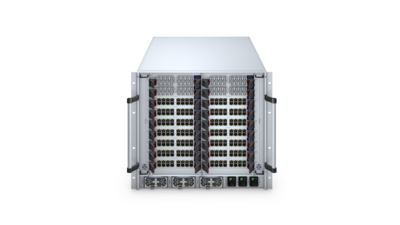
Operate many computers via many workplaces. Matrix systems consist of three components: a central module, computer modules (CPU) and console modules (CON). KVM matrix systems help you to operate complex IT infrastructures simply and intuitively. Benefit from the advantages wherever large distributed installations and decentralized operation and administration are required - e.g. in all kinds of control room applications.
A KVM (keyboard, video, mouse) matrix is a hardware system that allows multiple computers to be controlled from a large number of workplaces via a central module.
Usually, a KVM matrix consists of a combination of a central matrix switch and matrix-compatible KVM extenders. It combines the functions of a KVM switch with those of a KVM extender. While KVM extenders allow the transmission of video, keyboard and mouse signals over longer distances, KVM matrix switches allow the selection and switching between different connected computers.
The KVM matrix allows administrators to manage multiple servers from a single central module. It is no longer necessary to physically switch between computers. This is especially helpful in data centers or IT environments when a large number of servers need to be managed.
KVM matrix systems vary from small systems with a few ports to large enterprise solutions with hundreds of ports. For larger systems, several matrix systems can be networked together. G&D offers you the right KVM solution for your requirements.
The main controller of the matrix system is the central module. It is used to establish a connection with several computers. Using this technology, the user can operate and switch between remote computers with peripheral devices (keyboard, monitor, mouse).
To complete the matrix system, additional components are needed, such as the computer module (CPU) or the workplace module (CON). Modules like these are required for each computer and workplace.
The modules are connected to the computer and the peripherals at the workplace via the appropriate interfaces. With the use of KVM extenders, signals can be transmitted over long distances without loss of quality.
Larger systems in particular require networking. When bridging longer distances, a KVM extender is recommended.
The structure of a KVM matrix consists of these basic parts. They can be used to operate multiple computers effectively and flexibly. G&D can help you find the optimal solution for your KVM matrix requirements.
It is not necessary to use special software for a KVM matrix. KVM technology is hardware-based. It works like plug-and-play and is independent of operating systems.
Nevertheless, there are programs that can be related to the use of the KVM matrix. For programming, the object-oriented programming language Java was mainly used in the past for operating software.
This once widely used programming language is now gradually disappearing from the scene. Java dates back to the 1990s and is now often seen as a security risk in modern applications.
G&D therefore relies on KVM matrix switches that do not require a special software installation. For this purpose, we have developed Config Panel 21 (CP21).
This is a web application based on HTML5. The KVM matrix can be easily managed via the browser. The graphical interface is clear and provides the appropriate user interface to configure the system.
Numerous industries benefit from KVM matrix solutions. They are typically used in any location where flexible operation of multiple computers or devices is required. These are some examples of how a KVM matrix can be used:
Air Traffic Control: A KVM matrix provides access to and management of a variety of computers and systems in air traffic control (ATC). To safely and efficiently monitor and control air traffic, controllers can use a KVM matrix to seamlessly switch between different systems and monitors.
Broadcast, media and ITC: Information technology and communications also benefit from the KVM matrix. The matrix allows users to seamlessly switch between different sources, create, edit and transmit content. This increases efficiency and flexibility in these industries.
Industrial automation: Using the KVM matrix provides access and control to a variety of computers, control systems and industrial equipment. The KVM matrix allows seamless switching between different systems and displays from multiple modules.
Critical control rooms: KVM matrix solutions enable seamless switching between different sources. These can be monitored and controlled in real time. Areas such as security and traffic room monitoring, emergency centers and other critical applications benefit.
Maritime applications: A KVM matrix is used at offshore platforms and ports. Control centers, bridges or monitoring rooms of ships are also equipped with it. The KVM matrix increases the security and efficiency of maritime operations.
Energy, providers and waste management: The KVM matrix is used in control rooms and control centers to make various monitoring, control and communication systems accessible from different workplaces. It can be used to ensure reliable operation of power and utility equipment.
Oil and gas industry: The oil and gas industry also uses KVM matrix solutions in control rooms and control centers to direct various monitoring, control and communication systems. Plants and processes can run smoothly because all components can be controlled in real time.
Planners and integrators: The KVM matrix enables planners and integrators to seamlessly monitor and control various systems from multiple workplaces. This is especially beneficial in projects such as building automation, multimedia installations, control rooms and other large-scale integration projects.
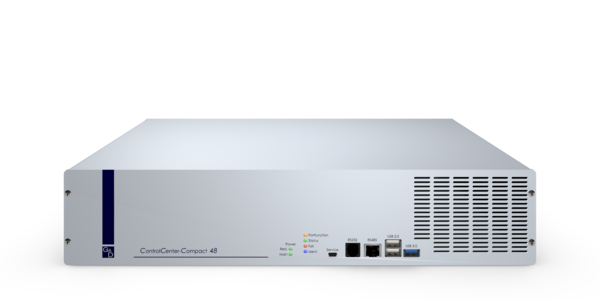
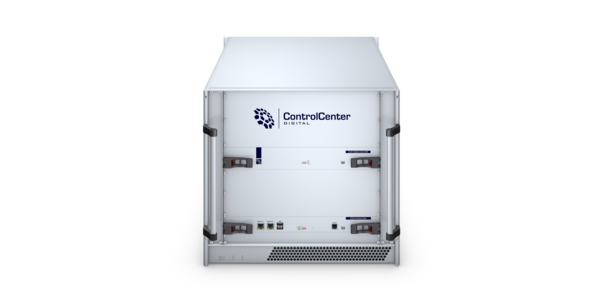
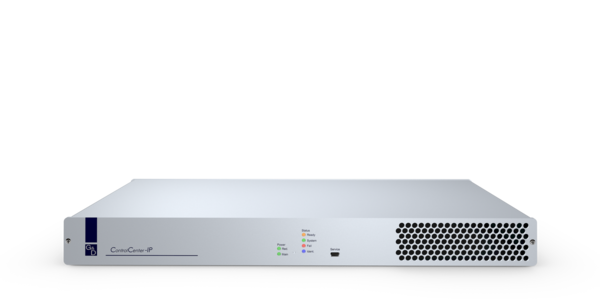
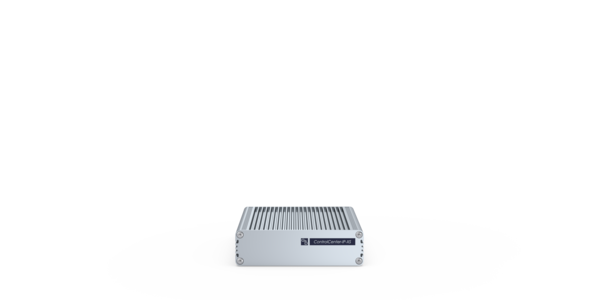
The best way to talk about complex topics is in person. Via chat, e-mail, phone or in a personal demo remote or on-site.
